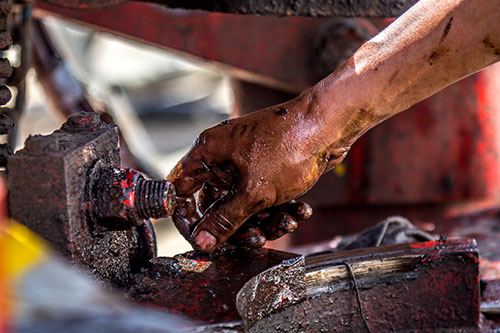Industry professionals often educate homeowners on the importance of proper maintenance, but are you walking the walk? According to Mintek Data Solutions, businesses in any industry can save 12-18% by investing in preventive maintenance (versus reactive maintenance). If that’s not enough of an incentive, consider this: every $1 spent on prevention will save $5 in other expenses.
Money isn’t the only upside, either. Read on to learn about additional benefits of regularly assessing and maintaining the equipment your team uses to build homes.
Regular maintenance keeps schedules on track
If a tool or other piece of equipment breaks down during a job, the time it takes to get everything running again needs to be added to the job’s schedule. Keeping subcontractors harmoniously on schedule is hard enough as it is — don’t make things even more difficult by neglecting your equipment.
Maintained equipment is safer
As the owner of a residential construction business, you know how quickly Workers’ Compensation and other insurance premiums can add up. Builders need to do everything they can to reduce premiums, and a focus on safety needs to be a top priority in any construction business.
There are a variety of ways to improve safety on home construction sites, including doing preventative maintenance on your equipment. When you pair maintenance with proper training and regular equipment check-ups, things become even safer.
Maintained equipment is protected by insurance
Depending on your insurance policy and carrier, preventative maintenance could even be a condition of coverage in the event of a claim. Some policies won’t pay out if you aren’t up-to-date with maintenance. Additionally, some trade organizations and accrediting organizations require maintenance as a stipulation of membership.
Make sure unexpected equipment repairs don’t eat away at profits by maintaining everything your team uses to build clients their dream homes.
Warranties require maintenance
Some of your equipment likely comes with warranties for replacement parts and other issues, but don’t forget to read the fine print: regular service is usually required for the warranty to kick in.
Whether it’s a warranty or insurance, replacements and failures won’t be covered if the issue is clearly a result of user neglect. Avoid problems by creating a regular review and maintenance schedule for all important pieces of equipment (more on this below).
Maintenance increases equipment longevity
Purchasing construction equipment is expensive, and you want your tools to last as long as possible. It’s not a secret that properly maintained equipment will last longer, but it can be difficult to fit maintenance into an already packed schedule.
To ensure equipment maintenance is completed, we recommend creating a schedule. If you use construction management software to schedule projects, consider adding a maintenance schedule into the tool as well. Otherwise, an Excel spreadsheet and reminders on your calendar are two low-tech ways to make maintenance a priority.
Protect your business and add value to your homes with 2-10 Structural Warranties for Home Builders.








